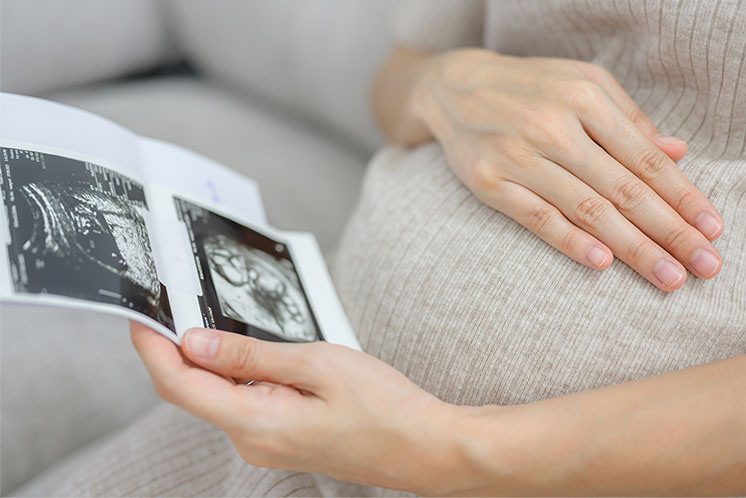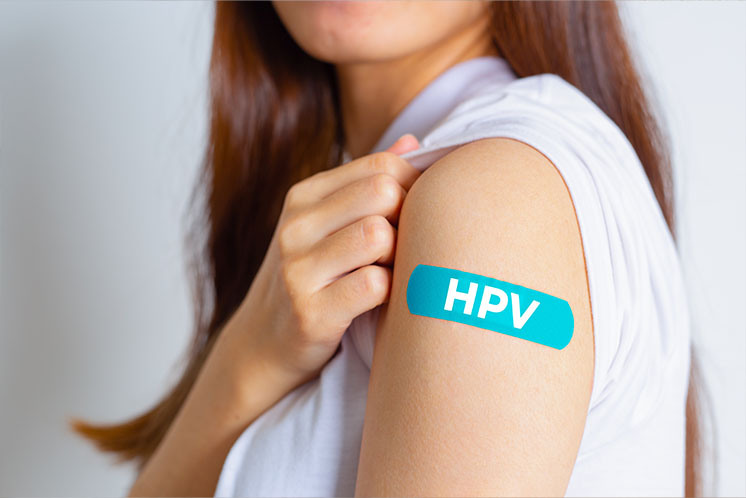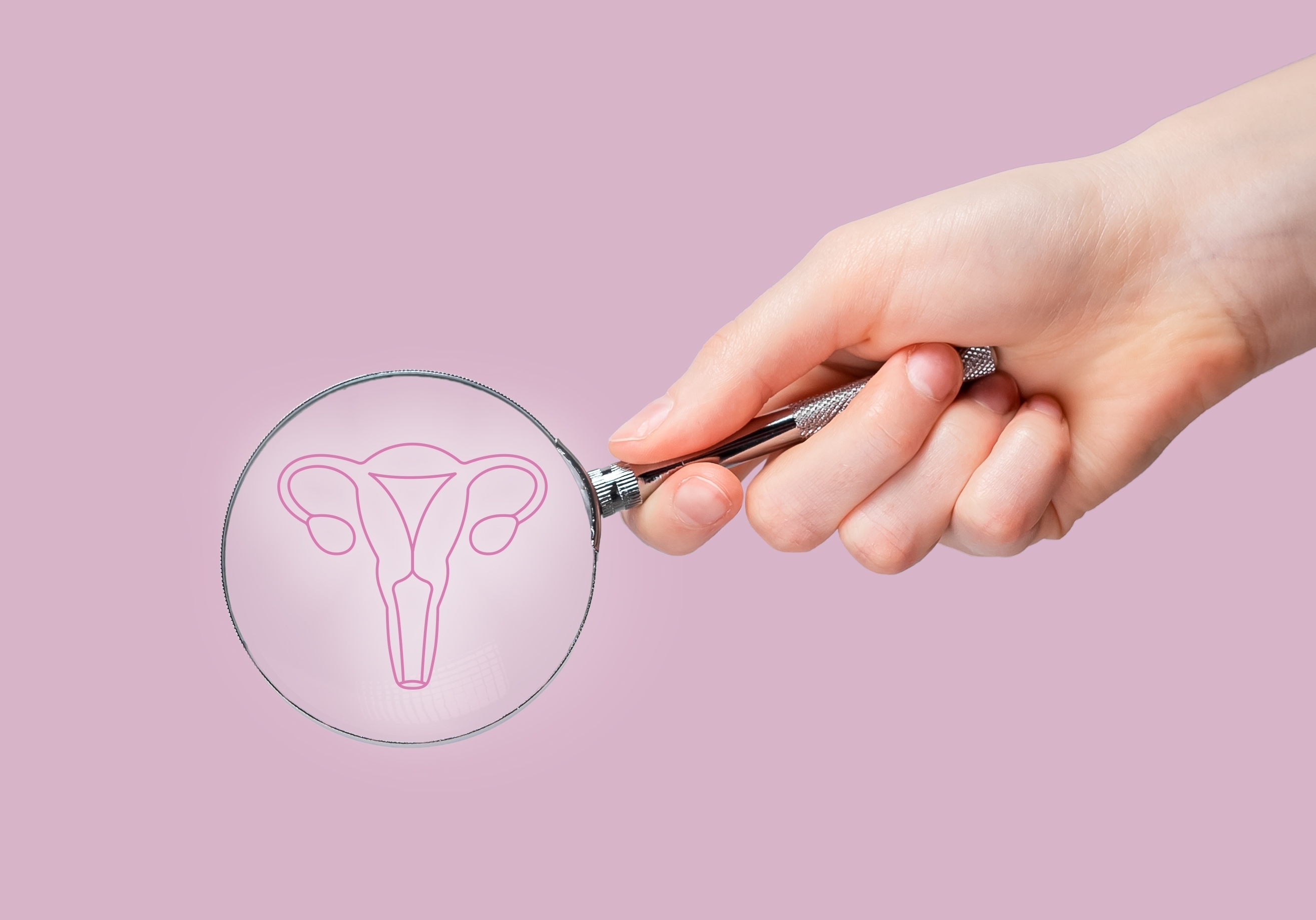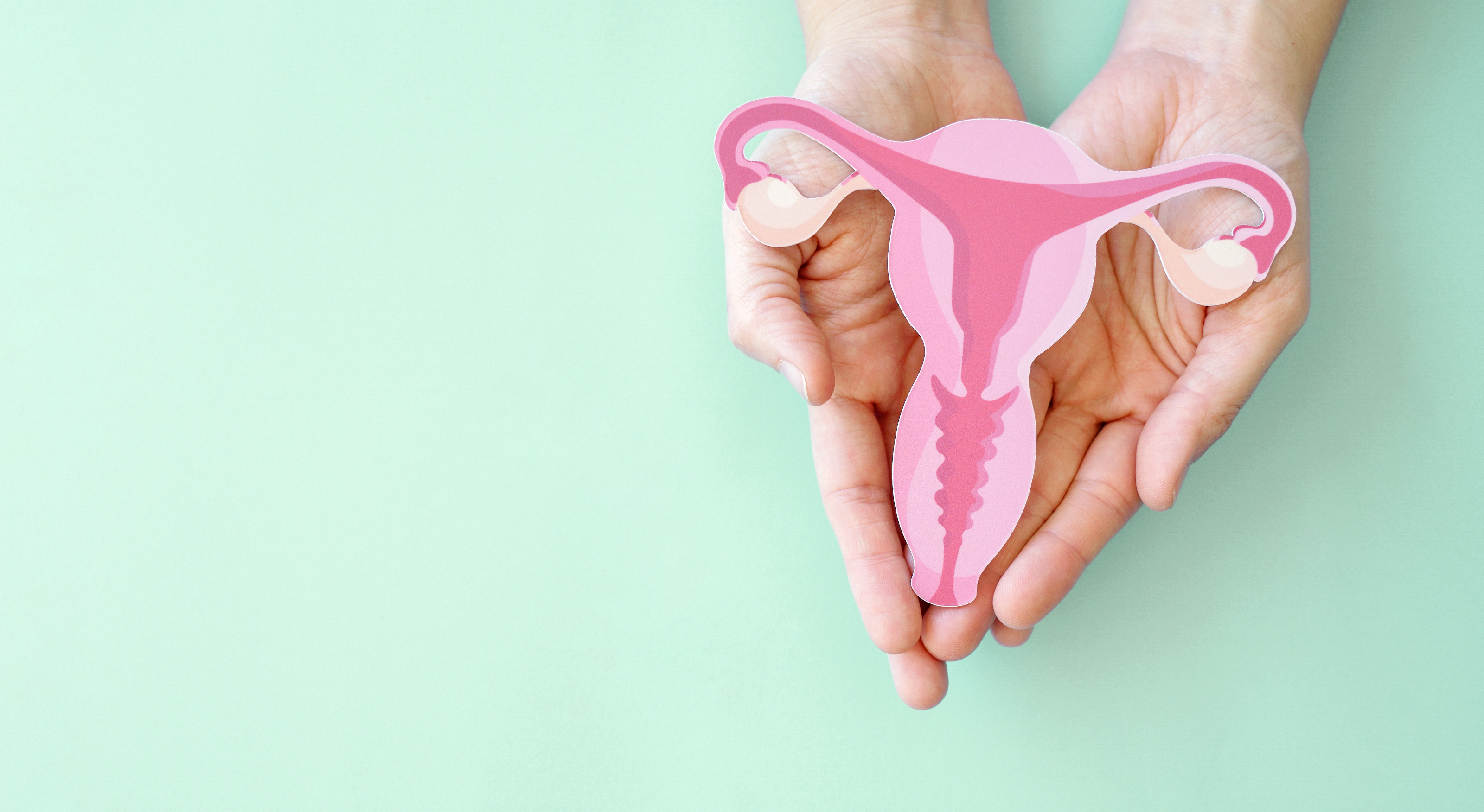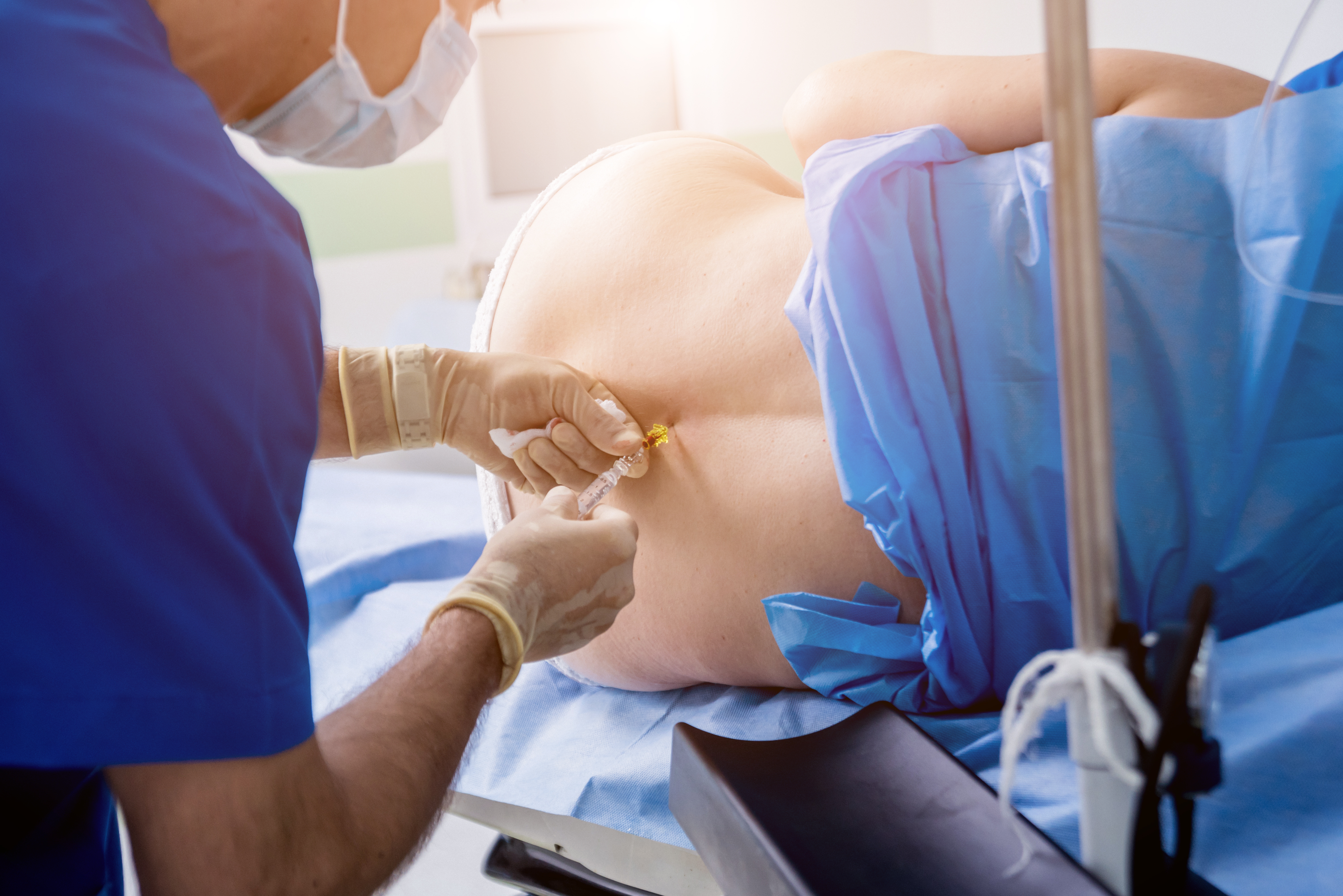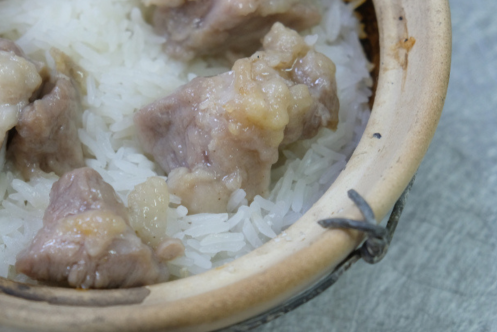All of us know that the placenta provides nutrients and oxygen to the fetus. Just when everyone thinks that the placenta is all beneficial to the fetus, sometimes it may inflict harm also. Placenta praevia is one of them. Placenta praevia, or PP, occurs simply by chance. In each pregnancy the placenta will home-in onto the womb's wall, and gets nutrients from the mother. Most of the time the placenta homes in, or implant, at a site which is far away from the cervix, but occasionally it may implant near to, or even covering the cervix. In that case, the fetus will not be able to be born, as the exit is blocked by the placenta, the chance of bleeding will also increase.
There are 4 grades of severity of PP. The mildest form is PP I; in which the placental edge is a few centimetres from the cervix. The next grade of severity comes PP II; in which the placental edge just touches the cervix. In PP III and PP IV, the cervix is either partially or completely covered by the placenta. No matter what grade of PP the mother has, the chance of bleeding before labour is greatly increased, and it may harm the fetus as well as the mother. Ultrasound examination during pregnancy may detect the presence of PP, and the obstetrician may give due advice to the mother what will be the best antenatal care and mode of delivery, so as to ensure a happy ending to the pregnancy.
The content in this article is for reference only, it does not provide any professional diagnosis or treatment advice.




